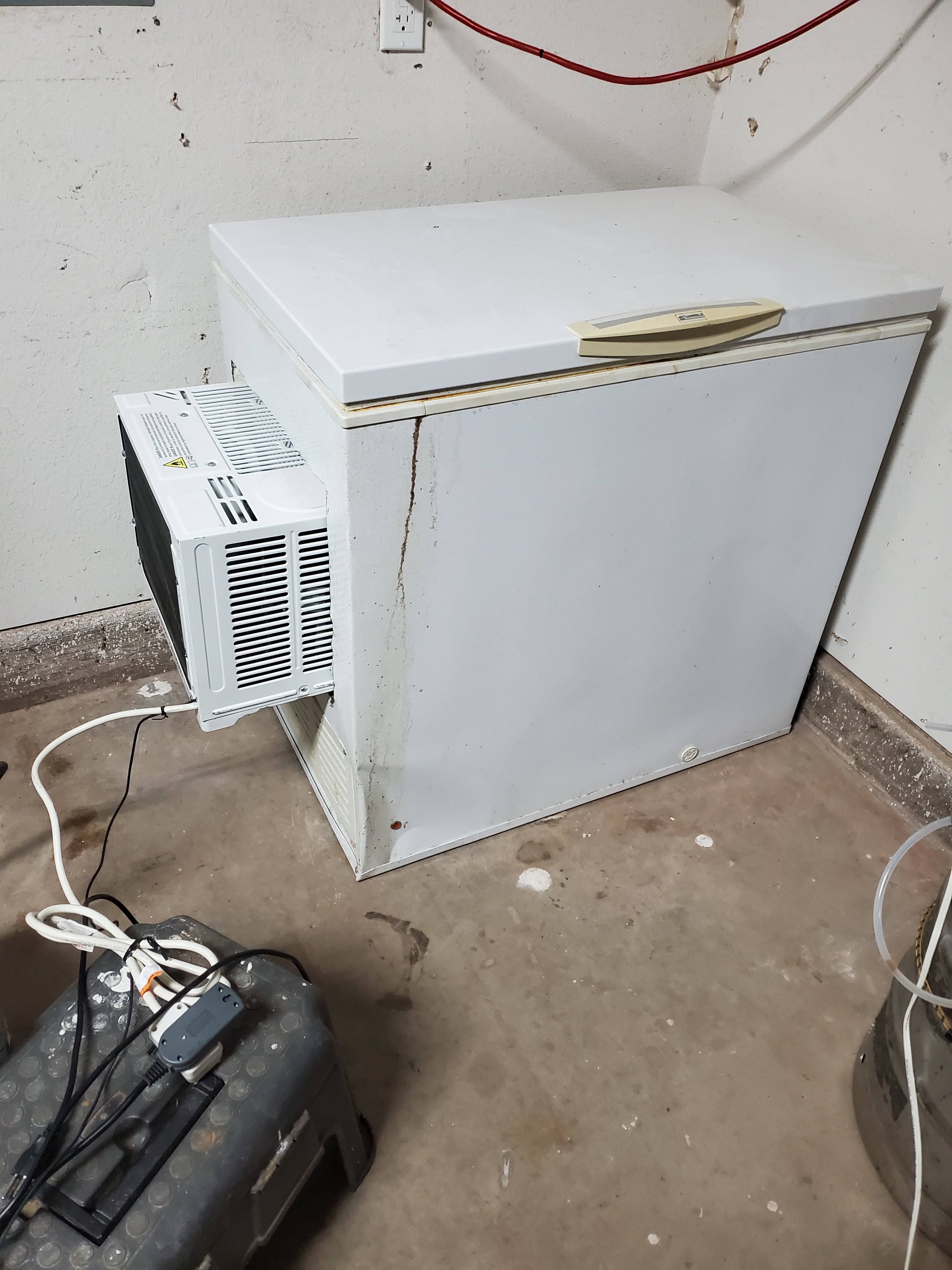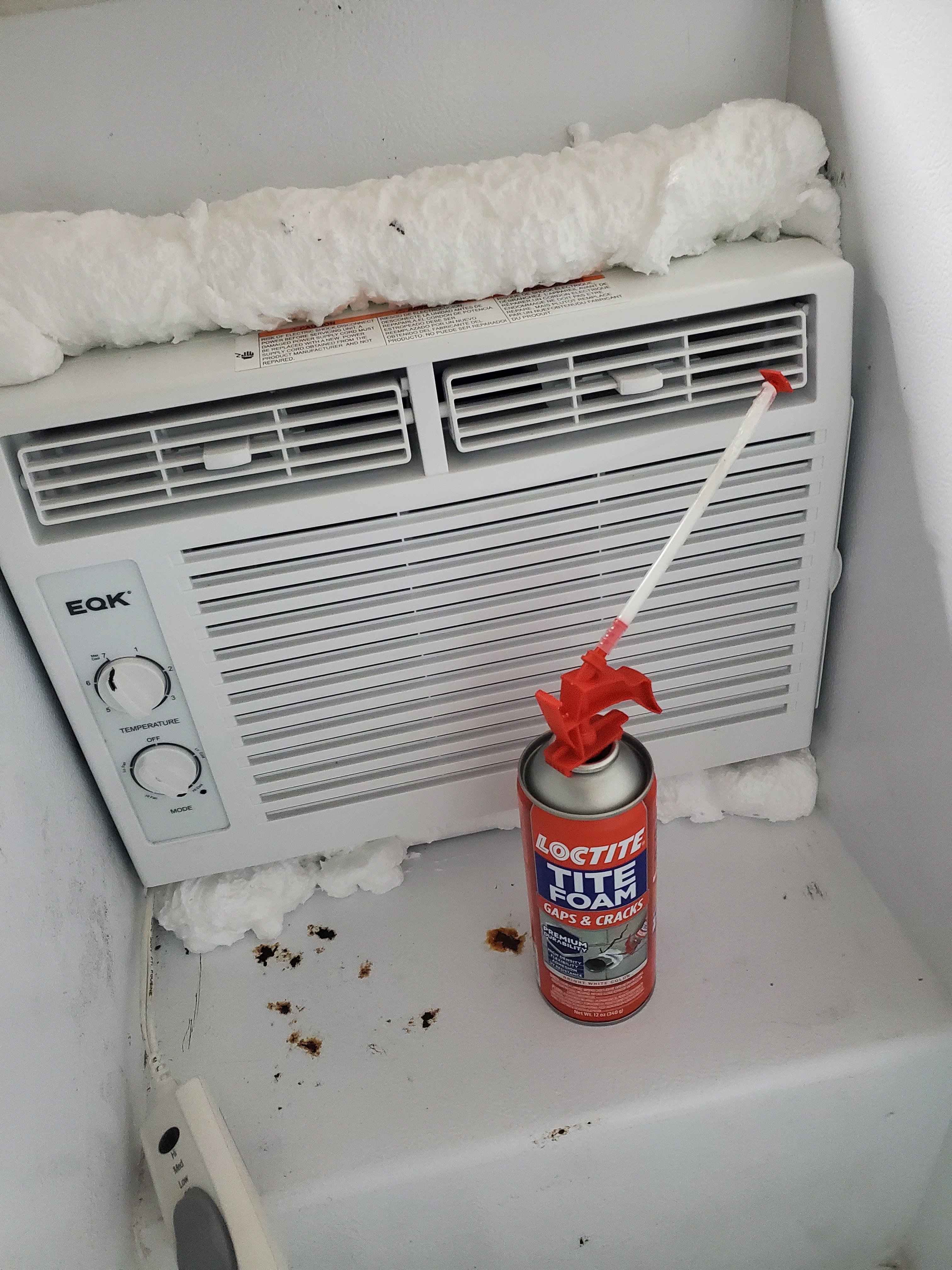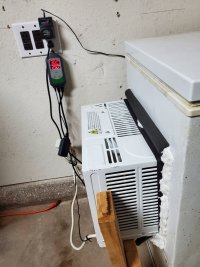I completely left out a very important part!!! Thank you for your comment day_trippr, I wouldn't have posted again until I was fermenting and using the thing.
This project has two temperature controllers. The Inkbird you saw already is to replace the ac thermostat. I have purchased another one to go in a fermenter to plug "this one" into. It will be on a way lower temperature setting.
I should also take the time to point out how I wired the ac. I bypassed the temperature control on the ac allowing the Inkbird to control the fan and compressor directly after watching this video on YouTube I watched other videos of people building cold storage rooms and walk in fridge or freezers, and they recommended two temperature controllers. So, I merged the ideas to have more control and allow for the over-cooling that happens in a smaller space. I lowered the cooling power and fan speed which also helps, and I plan on seeing the compressor cycles to every 10 minutes. Hopefully to help with the cycling that definitely happens in less than a minute. You turn this on it out goes where you want it fast, then quickly ramps back up. More after the other Inkbird arrives!!!




















